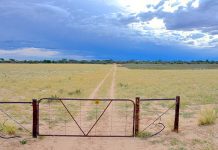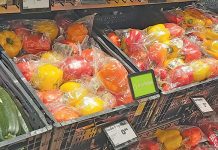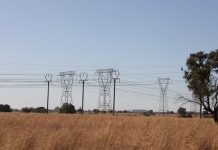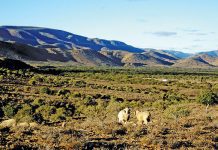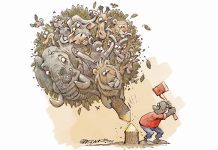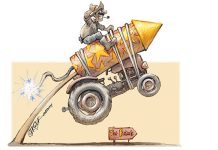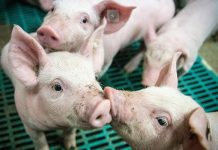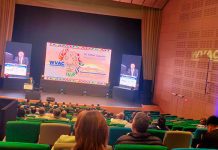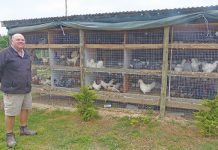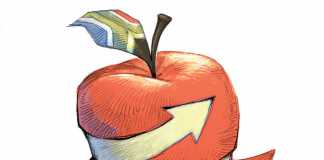It might be surprising to learn that it rains more in Africa than in continental Europe. And even more so to learn that South Africa gets the same amount of rain as Canada. Yet Canada has great rivers and forests. Why? Evaporative losses. Africa’s fundamental constraint is conversion of rainfall into stream flow; only 20% of rainfall makes it into rivers on the continent. In South Africa, this figure is 8,6%.
Only five units out of 100 of rain in the catchment areas of the Limpopo and Orange, Southern Africa’s major rivers, end up in the rivers themselves. No fewer than 95 units are lost to evaporation and transpiration almost immediately. At continental level, 80 units out of every 100 units of rain are lost to evaporation with 20 units going to rivers or stream flow.
Namibia has an even lower conversion, with only two units ending up in the rivers and one unit as groundwater recharge. The rest evaporates. Our challenge is to catch the stream flow – to balance evaporation, transpiration, runoff and rainfall.
In the 1950s, the government decided that a pillar of the economy would be big dams. Today, SA and Zimbabwe are amongst the world’s top 20 dam-building nations.
But by converting rivers into dams, we’ve lost the rivers’ flood pulse and created additional evaporation. Experience has shown that this is not the right approach. For 11 months of the year, the Vaal Dam loses more water to evaporation than flows into it due to its large surface area and relatively shallow profile. There is usually only one month when rainfall (and hence inflow) is higher than evaporation.
The problem is that we manage water as a stock when it is a flux. Quantity is finite if we think of it as a stock, but infinite if we think of it as a flux, perpetually moving in time and space. The volume of the earth’s water is constant, but the population has grown and water quality is deteriorating.
By 2025, a total of 1,8 billion people will live under conditions of absolute water scarcity (1 000m³/ person/year), while two-thirds of the global population will be living, like South Africa, under conditions of water stress (1 700m³/person/year). These conditions are catalysts of social instability, because insufficient water creates unrest and drives crime. In the Limpopo River basin in South Africa, the water crowding index averages 4 000 people per one million cubic metres of water a year.
This is projected to be 2,5 times greater than the global water crowding standard by 2025. There is no evidence of a stable political system and economy being maintained at that level, apart from Israel, which has spent huge sums on developing the technology needed to survive on this amount of water.
Aridity increasing
Climate change will see arid areas expanding into southern Mozambique and the average temperature in some parts of South Africa climbing 5°C or 6°C. Aridity will spread northwards and the strength of rivers will decrease. Rainfall along our coast will be squeezed except for orographic rain, which will leave agriculture less well off.
In a decade, Angola, Zambia, DRC and Northern Mozambique will probably be producing food for the region. South Africa, Zimbabwe, Namibia and Botswana will no longer be self-sufficient in food and will be trading with neighbours. By 2025, South Africa will need 62 billion cubic metres of water a year to make the economy grow, and will face a national shortfall of 30 billion cubic metres. To make matters worse, there will be a regional deficit of 788 million cubic metres. We simply don’t have enough water.
Agriculture uses 62% of total water but creates only 3% of GDP, although it creates plenty of low-paying jobs. Government will be forced to give the water to an industry that has a higher GDP conversion rate. But it is not all doom and gloom. If we recycle water 1,7 times, we will have enough. Businesses and farms will increasingly depend on recycling.
Being part of an industry that depends on water, farmers need to know what their conversion rate is. Develop spreadsheets so that you can track rainfall and calculate the multiplier effect of the jobs you are creating by using the water. Investigate storing water in underground aquifers rather than dams. Managed aquifer recharge is standard practice in Australia and California: water is captured on the surface and diverted into underground storage units. This reduces evaporation and “banks” water for future use. – Robyn Joubert
Contact Dr Anthony Turton on 011 665 3645.
The views expressed in our weekly opinion piece do not necessarily reflect those of Farmer’s Weekly.

